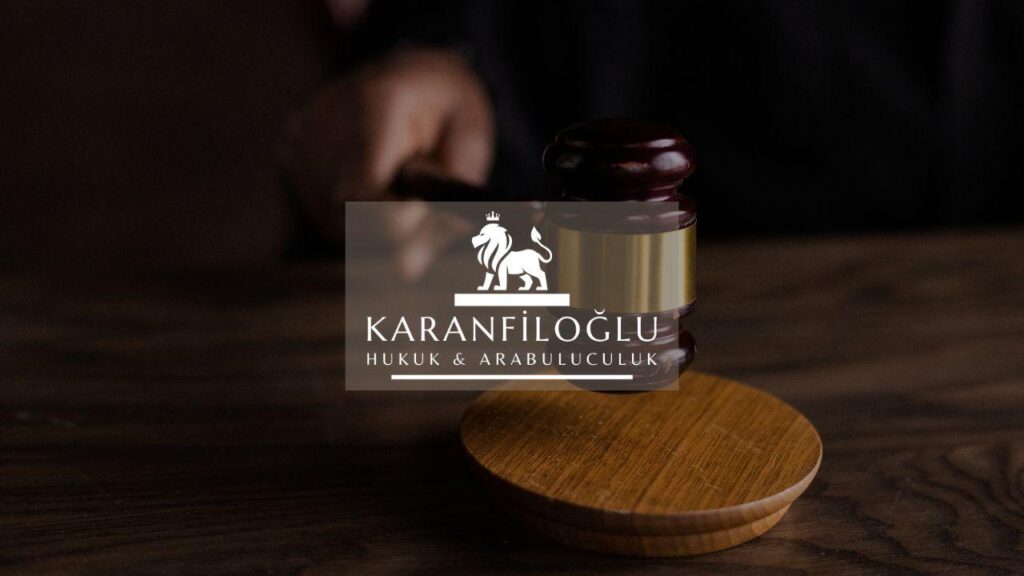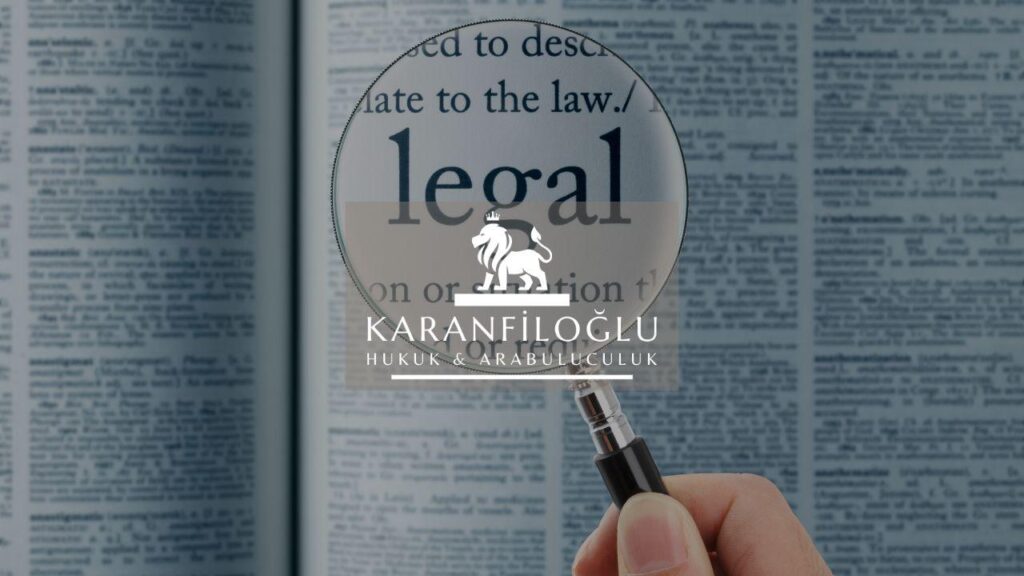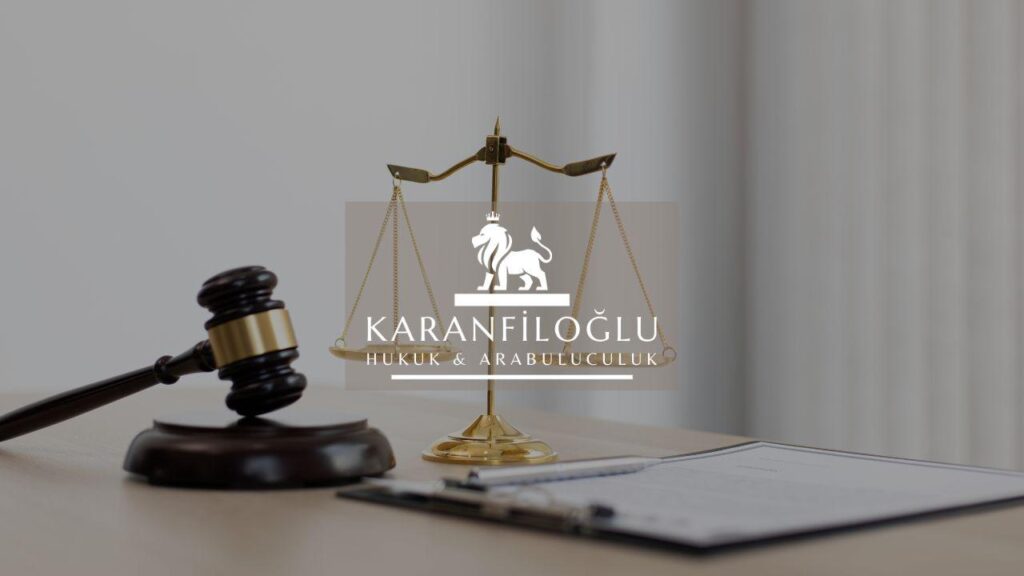Prenuptial agreements, often called prenups, are essential tools for couples looking to outline financial arrangements before tying the knot. The prenup process may seem daunting, but it’s vital. Knowing how to prepare a prenup can prevent future conflicts and ensure both parties are on the same page. While some might view it as unromantic, the benefits of prenuptial agreements extend far beyond financial negotiations. They can provide clarity and peace of mind. Wondering how to start? Key prenuptial agreement tips include open communication, understanding each other’s financial landscape, and seeking professional advice. This document serves as a valuable safeguard—much like an insurance policy you hope never to use. Preparing a prenuptial agreement might not be the highlight of wedding planning, but it’s a step towards a transparent and secure partnership. With proper preparation, you lay a strong foundation for sharing a life together.
Understanding the Legal Framework of Prenuptial Agreements
Understanding the legal framework of a prenuptial agreement is crucial for navigating its complexities. Every prenup process is subject to state laws, which dictate what can and cannot be included. In essence, it’s a legal canvas where couples can outline future financial arrangements. Key prenuptial agreement tips include ensuring the document is in writing, signed by both parties, and ideally witnessed. The benefits of prenuptial agreements are most significant when they’re crafted with an eye for detail and legal accuracy. Preparing a prenup involves understanding property rights, spousal support, and inheritance issues. As with any legal endeavor, consulting with a knowledgeable attorney is vital. They can help you craft a document that reflects your wishes while remaining legally binding. In essence, knowing how to prepare a prenup and understanding its governing laws can prevent legal hiccups down the road.
Discussing finances before marriage isn’t just practical; it’s prudent. A well-prepared prenuptial agreement serves as a mutual understanding, a blueprint. It’s not only about protection but setting clear expectations. As part of the prenup process, couples should consider listing assets and debts, pinpointing shared responsibilities, and addressing potential future changes. Adding clauses about spousal support and ownership of business ventures can prevent disputes later on. This isn’t just a document; it’s a testament to your partnership, crafted with foresight and care. By embracing these prenuptial agreement tips and understanding the intricacies involved in how to prepare prenup documents, couples lay groundwork for honesty and trust. The benefits of prenuptial agreements shine when both parties feel heard and respected. Thus, having a transparent conversation about these matters early on lends stability, ensuring that love and financial clarity coexist in harmony.
Understanding the legal framework of a prenuptial agreement is like building the backbone of a sturdy structure. The prenup process requires more than just a handshake and a smile; it demands a comprehensive understanding of laws that vary from state to state. When considering how to prepare prenup documents, ensure full disclosure of assets, liabilities, and income. Such transparency is key. Essential prenuptial agreement tips include consulting a lawyer skilled in family law who can navigate these legal waters effectively. The benefits of prenuptial agreements extend further than the obvious—they foster an environment of open dialogue and trust, crucial components in any lasting relationship. A thorough understanding of how these agreements work can save significant heartache and legal disputes later on. This isn’t about future divorce planning, but rather laying a solid foundation where love and law coexist harmoniously.
Step-by-Step Guide to Drafting a Prenuptial Agreement
To embark on the prenup process, begin by having an honest conversation with your partner. This step is crucial, as open dialogue can help both parties feel comfortable and valued. Next, each partner should take stock of their assets and liabilities. Understanding your financial landscape is a linchpin when preparing a prenuptial agreement. Don’t shy away from seeking professional help; a skilled attorney can guide you through the myriad of considerations and specifics involved. This expert input will illuminate the process and align with your future goals. Remember, the benefits of prenuptial agreements are many, from establishing clarity to averting potential disputes. So, when brainstorming how to prepare prenup documentation, keep these prenuptial agreement tips in mind. The smoother the initial steps, the more robust the final agreement will be, laying the groundwork for a harmonious future together.
Establishing a prenuptial agreement involves a step-by-step process, essential to grasp the full spectrum of its significance. Start by gathering comprehensive documentation of assets, debts, and financial obligations. This creation of a transparent financial snapshot is foundational. Following this, you should engage in detailed discussions focusing on future financial expectations and responsibilities. Include everything from property ownership to inheritance considerations. When crafting this agreement, prioritize inclusivity and transparency. Consult an attorney versed in family law to ensure legality and fairness—this expertise is pivotal in addressing complex aspects and offering personalized prenuptial agreement tips. Don’t underestimate the power of negotiation during the prenup process; it’s a balancing act for both partners’ interests. By embracing this thorough process, you unlock the benefits of prenuptial agreements, ensuring peace of mind and reducing potential future pitfalls. The key here is clarity and mutual protection, setting the stage for a confident journey together.
After drafting the initial prenuptial agreement, it’s time to move on to the review phase. Involve your partner in a thorough examination of every detail and ensure clarity on all points discussed. This step in the prenup process is vital for mutual understanding and acceptance. Consider enlisting separate attorneys for each party to review the agreement independently, a crucial prenuptial agreement tip for ensuring fairness. Legal advice from specialized professionals can highlight any potential issues and suggest amendments to align with both parties’ intentions. When contemplating how to prepare prenup modifications, focus on cooperation and compromise. Remember, the benefits of prenuptial agreements shine through when both partners feel protected and satisfied. This review and revision phase helps cement the agreement’s strength, paving the way for a future with less friction and more harmony. Each step taken diligently ensures your prenuptial agreement is a true reflection of shared respect and understanding.
Common Misconceptions About Prenuptial Agreements
Many people hold the misconception that a prenuptial agreement is a surefire sign of mistrust or impending divorce. This couldn’t be further from the truth. Just as auto insurance doesn’t mean you expect a crash, a prenup is simply about preparation. The prenup process actually fosters honesty and understanding, encouraging couples to discuss their finances openly and clearly. If you’re wondering how to prepare a prenup, remember that it’s a collaborative effort, offering protection and transparency. The benefits of prenuptial agreements extend beyond just financial matters—setting expectations can ease tensions. Beyond that, prenuptial agreement tips often highlight the importance of fair dialogue, making it a tool for harmony rather than discord. By educating ourselves about these agreements, we tear down falsehoods, embracing them as instruments of security and wisdom, rather than harbingers of conflict.
A widespread myth is that a prenuptial agreement is only for the wealthy. On the contrary, it’s a practical step for couples of all financial backgrounds. The prenup process is about much more than just assets and liabilities; it’s about crafting a plan that suits both partners. Some assume these agreements are rigid documents, but they can be as unique as the relationship they support. Learning how to prepare a prenup involves discussing plans for the future, not just current finances. Prenuptial agreement tips include tailoring terms to reflect shared values and goals, promoting mutual respect. Another misconception suggests that prenups predict failure. In reality, they offer a foundation of trust, with the benefits of prenuptial agreements ensuring fairness and foresight. Approaching this with an open mind turns a daunting task into an opportunity for dialogue, redefining prenups as symbols of strength and commitment.
Navigating the prenuptial agreement landscape can often lead to confusion, especially when faced with common misconceptions. Some believe the prenup process is one-size-fits-all, but nothing could be further from the truth. Each prenuptial agreement can be adjusted to meet individual needs, dispelling the myth that all agreements are crafted equally. If you’re learning how to prepare a prenup, it’s important to understand that it’s a personal journey, designed with unique circumstances in mind. The benefits of prenuptial agreements extend to personalization, making it crucial to seek prenuptial agreement tips to maximize their potential value. Some imagine that a prenup negates romance, yet it often does the opposite. It’s an opportunity for partners to share dreams, expectations, and secure a future. By dispelling these myths, couples can approach the prenup process with an open heart and mind, embracing it as a path to a more harmonious union.
Disclaimer: This article is for general informational purposes only and you are strongly advised to consult a legal professional to evaluate your personal situation. No liability is accepted that may arise from the use of the information in this article.







